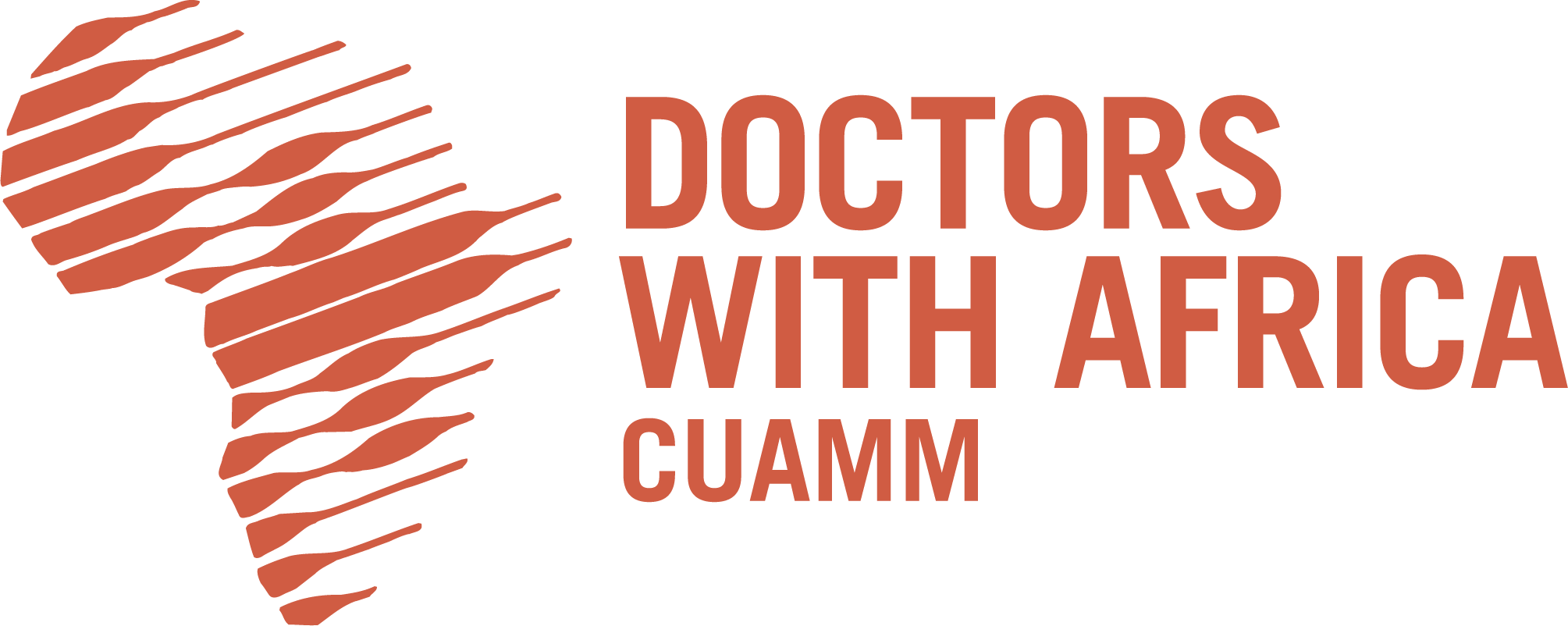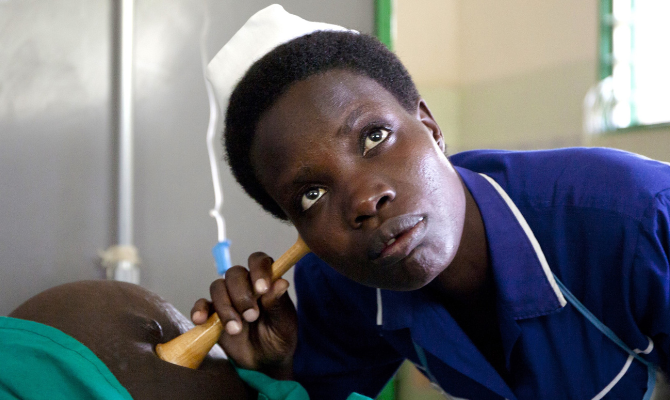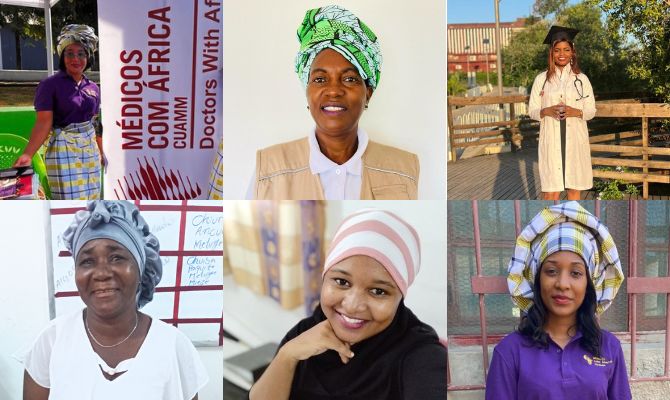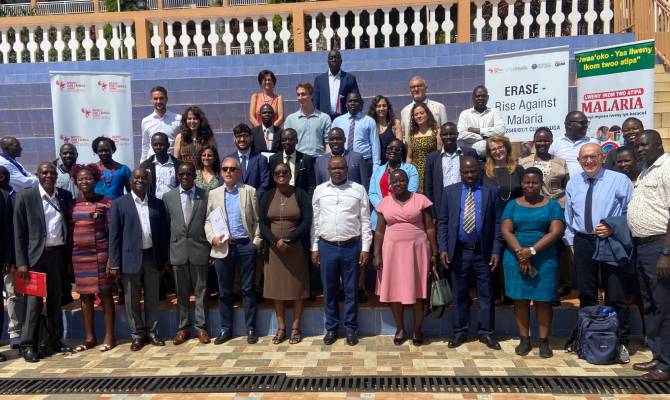To provide better health services is possible, including in the Karamoja and Lango regions, by strengthening human resource training. Since last June Doctors with Africa CUAMM, in collaboration with Elma Foundation, has been supporting a three-year project on maternal and child health to strengthen the skills of health personnel and offer support to the Ugandan Ministry of Health.
There are 37 professionals included in the training, among them anesthesiologists, radiologists, pediatric nurses, laboratory technicians and midwives.
The project was presented during a conference organized in the city of Soroti, which was attended by key stakeholders from the 9 districts of Karamoja and the 4 districts of Lango. This was a key moment for the involvement of local authorities, managers and health facility workers.
Karamoja and Lango regions, with a population of 3,756,500 people, suffer from a shortage of human resources in the health sector. In 2021, there were 1,164 vacancies in Karamoja, accounting for 41% of positions, while Lango had 936 vacancies, accounting for 27% of positions. There was a wide disparity of vacancies among districts and some key positions, such as anesthesiologists and radiologists.
During the meeting in Soroti, Peter Lochoro, CUAMM’s country representative in Uganda, emphasized that this program is timely to increase the number of anesthesiologists and to encourage learning about the use of equipment, such as x-ray machines, and in newborn care. “I am asking the districts to support us as partners in absorbing qualified staff – Lochoro said – starting with placement in private non-profit hospitals or neighbouring districts where there are shortages, so that professionals do not go out of work or change cities after specializing”.
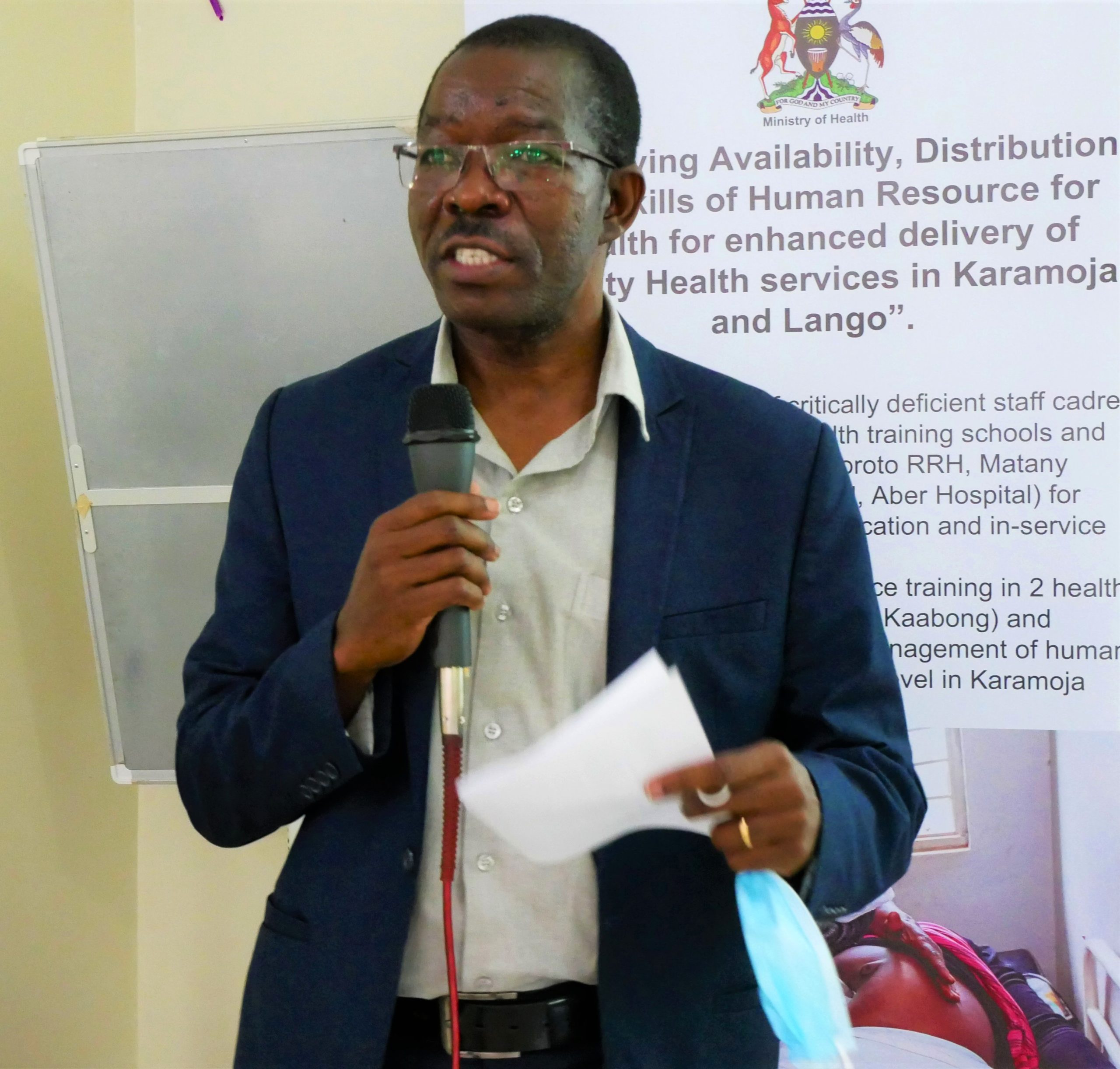
On behalf of Elma Foundation, Rita Akankwasa thanked Doctors with Africa CUAMM for the fruitful collaboration, in support of Karamojacand now Lango to provide quality health services: “Recently CUAMM and Elma successfully concluded a 4-year program in Karamoja, during which they worked in synergy with the districts to identify local nurses and midwives to be offered specialization. We are working hard, so that these health workers will be absorbed into the country’s workforce”.
In conclusion, the gratitude expressed by Patrick Barughare, representing the Ugandan Ministry of Health: “When we talk about human resources for health, we focus not only on health workers, but on all those people who are engaged in actions that make a difference in the health service. In Uganda, human resources for health is guided by a 10-year strategic plan (2020-2030), which includes three steps: planning, development and management. The major issues are limited salaries, the need for thorough training, and lack of equipment. This project is helping us address all these difficulties, for better health care!”.

